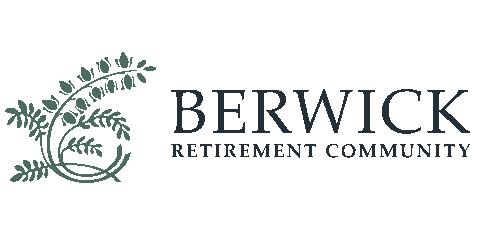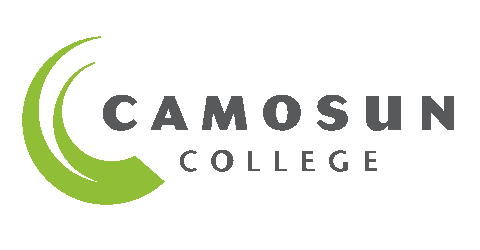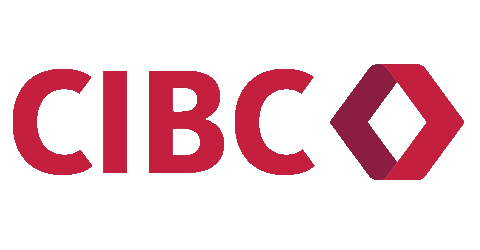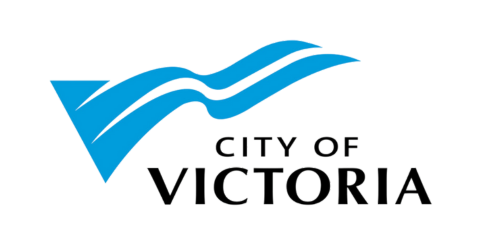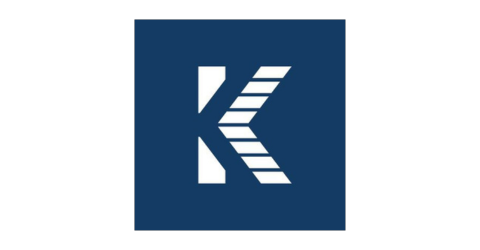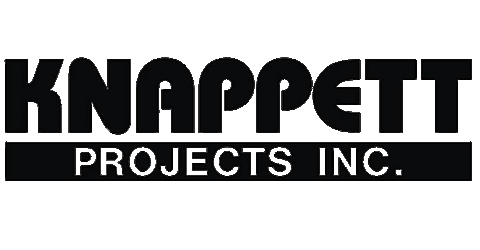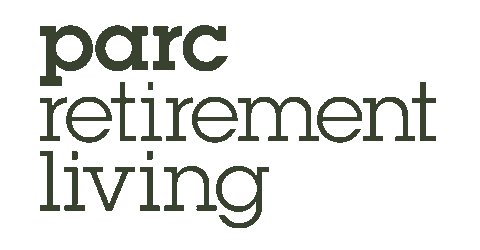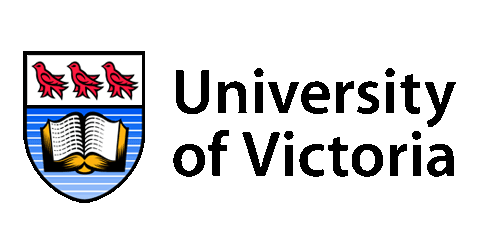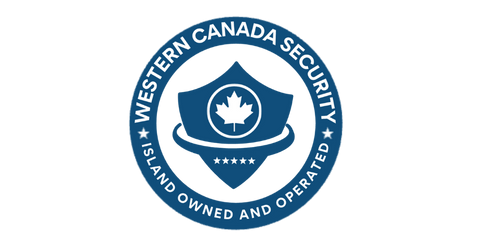Things are looking bright for a modern new gateway into our city. On Friday, the province officially announced that the Terminal will be upgraded and completed in time for the 2028 tourism season.
“The new facility we’re building is going to generate hundreds of new jobs and hundreds of millions of dollars in additional visitor spending over the coming decades,” said Rob Fleming, Minister of Transportation and Infrastructure. “A modern pre-clearance terminal will make travel more convenient for tourists, while enhancing security and trade between Vancouver Island and Washington State.”
As an international gateway for goods, services, and passengers, the new terminal will help drive regional and provincial economic growth.
Travellers spend approximately $174 million annually, generating $268 million in economic output and $155 million in provincial gross domestic product.
There are many partners assisting with the project. Minister of Tourism Randy Boissonnault was on site to announce that the federal government has committed to $41.6 million on a $303.9 million budget. Inner Harbour stakeholders, the Songhees and Esquimalt First Nations, will work in concert with the province as will Black Ball Ferry Line and FRS Clipper to ensure that this gateway showcases our region and welcomes our visitors.
Procurement on this project will begin in the coming weeks with Phase 1 targeted for a 2024 completion. The Chamber has long advocated for this key infrastructure project to proceed and we look forward to welcoming more U.S. guests to our wonderful city.

